Effective deer hunting begins well before the season opens. Summer scouting is crucial for understanding deer behavior and planning your strategy. As with professional athletes, the ones who put in the work day and night typically are the ones who have more success during the game. Speaking of the game, I recently talked with Matt Jennings of The Game TV.
Upon answering my call, he answered my question, “What are you up to?” by stating that he was sitting with his binoculars, watching a group of bucks. Even though temperatures across the country were miserable and hot, he was doing the work. Perhaps that is one of the reasons he has had much success harvesting mature bucks in recent years.
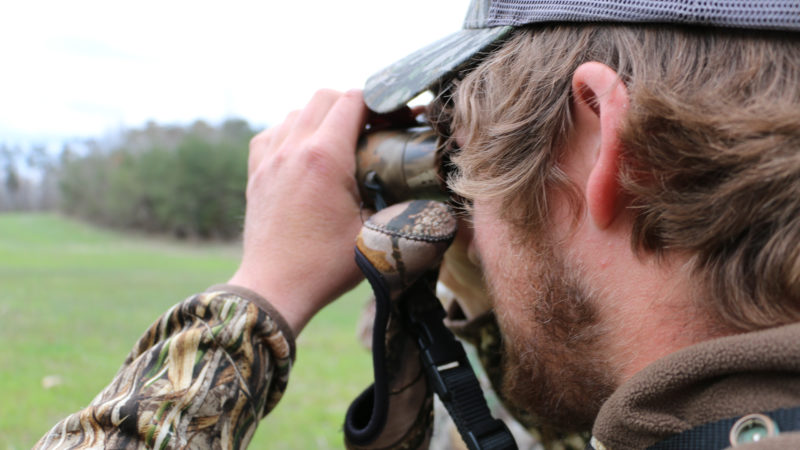
Many dedicated bowhunters began scouting as soon as the weather allowed, ideally in late spring or early summer. During this time, deer are more predictable and less pressured, allowing hunters the time to gather vital information on their patterns and preferred locations.
This early start also provides ample time to adjust and refine the hunter’s approach based on the collected data. Yet, late summer can be crucial for scouting, patterning, and preparing for the upcoming hunting season as well.
I recently visited with Jennings about his scouting efforts, as well as Will Cooper from HuntStand and GSM Outdoors, who both gave up some of their secrets to help hunters maximize their scouting efforts.
Where to Start
When scouting in the summer, focus on identifying key deer habitats and signs. Look for areas with abundant food sources, such as lush fields, crops, or natural browse. Pay attention to trails, tracks, and droppings to determine deer movement patterns.
Additionally, bedding areas and water sources should be observed, as these are critical for understanding where deer spend their time. By noting these features, you can better predict where deer will likely be during the hunting season.
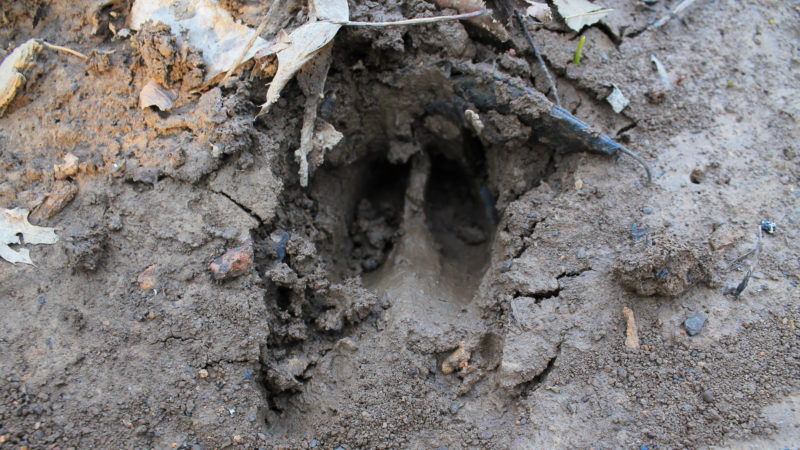
Bedding Areas – When conducting his summer scouting regimen, Matt Jennings says he keeps it simple, only focusing on a few things. “I only focus on two things; I call it small ball. The first thing I look for is their bedding areas. Because it is usually 100 degrees and hot, deer are not going to move but a small distance when they do travel. Once I narrow down where their house is, I then look for the closest food or water.”
As Jennings suggested, in the summer, bucks focus on conserving energy. To help find late summer bedding areas, look for thick-shaded areas near food and water. When finding these areas, search for oval depressions in the leaves or grass where a deer has bedded and find as many droppings as possible. You can typically tell if a deer has laid down for a short time or if they routinely use the areas as their primary bedding location based on the amount of disturbance in the area.

Water Sources – Will Cooper of HuntStand says that deer are particularly drawn to water and food during the late summer. Cooper explains that water sources are one of his favorite game camera locations to gather information with his Stealth Cam cameras. “Bucks are typically drawn to water, primarily following a food-to-bed pattern, which is common late in the summer; for that reason, I love scouting water.”
The great thing about water sources is they naturally give up information on how many deer are using the source. The muddy edges of ponds, creeks, or rivers often create a soft ground that deer leave their tracks in when using. By walking the edges of the water, you can quickly see how heavily deer are using that source. The highest concentration of tracks is likely the best area to further your scouting efforts.
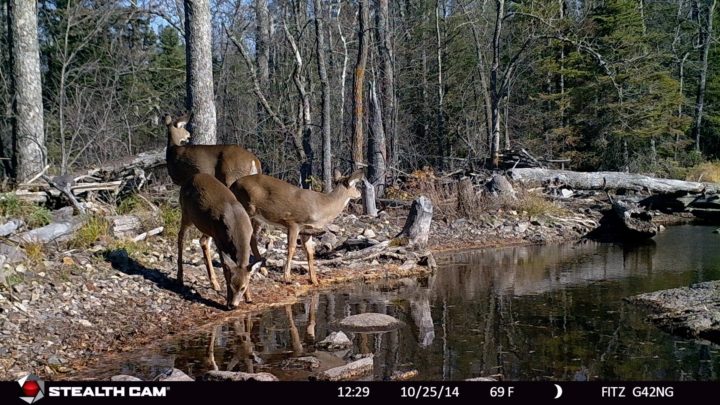
Travel Routes – As both pros have mentioned, travel routes from bedding to food or water are typically shorter in distance during the late summer compared to fall and winter travel routes.
As Jennings referred, once a water source has been found, and after a primary bedding area has been discovered, the next step is to scout the area in between. Hunters can walk the travel routes between these two, looking for tracks or buck droppings, and as summer ends, rubs can become excellent proof of the presence of a buck. As buck’s antlers harden and they begin shedding velvet, they make rubs. These can also be the first signs of a buck’s territorial mark, letting other deer know of his dominance.
Find the most buck signs in one designated area, then hone in on the sign and begin preparation for hunting nearby.
Using GPS Apps When Scouting & Hunting
GPS apps have become invaluable tools for modern hunters. Use them to map out your scouting routes, mark significant findings, and track deer movement patterns. Apps can help you visualize terrain features and plan stand placements more effectively.
Many apps also offer real-time data and terrain overlays, which can assist in identifying potential stand sites and planning your approach. Ensure you know the app’s features and functions to maximize your scouting efforts.
With an app such as HuntStand, use waypoints to mark key buck sign such as rubs and scrapes. When marking sign, and well-used travel routes, the map on your app will lay out the best travel routes to hunt for mature bucks.
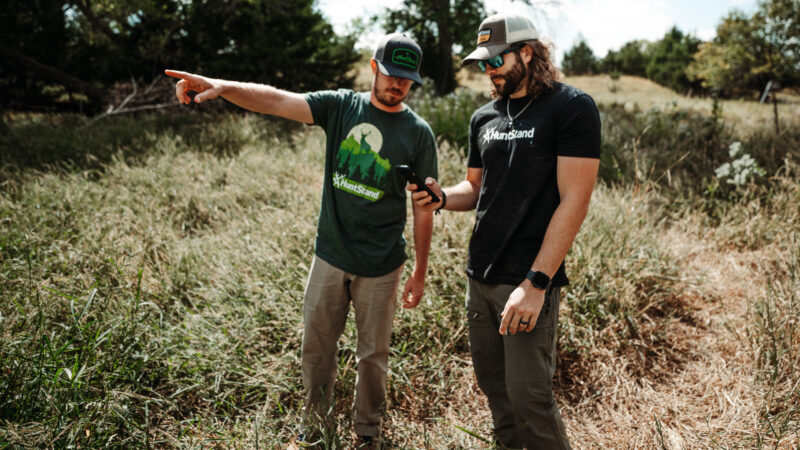
Continue using the app as the hunting season nears, and use all your sign waypoints as a reference guide. “For early-season whitetail success, I rely heavily on HuntStand,” says Cooper.
“Within HuntStand Pro Whitetail, the Whitetail Activity Forecast pinpoints peak movement times, ensuring I’m in the field when it matters most. Another essential feature I use frequently is HuntZone, which provides crucial wind condition updates, allowing me to plan my hunts up to 72 hours in advance.

Game Camera Tactics
Game cameras are essential for monitoring deer activity and patterning mature bucks. Place cameras near food sources, trails, and bedding areas to capture images of deer and observe their movement patterns. Position cameras at least 15-20 feet off the ground to avoid detection and reduce theft risk.
Use camera settings that minimize the risk of spooking deer, such as low-flash or no-flash options. Regularly check and review camera data to adjust your hunting strategy based on the observed patterns of mature bucks.

Matt Jennings says that his cellular cameras are one of the most significant tools for his early-season scouting regimen.
“One of my favorite ways to use my cameras during the early season that is effectively overlooked is using mock scrapes. I use Pure Whitetail Scent in my scrapes. I have learned it is a great way to get an inventory on your bucks.” Jennings added, “When I set my trail cameras, my biggest thing I look for in the early season is shade cover, where it is a bit cooler for the deer.
They feel a little bit more in these shady spots when on a bean field or food plot. Watch how the sun will set and find the first place in your area that is out of the sun. That is where most of the deer will be. My cell cameras will get me all the information I need; then I’ll set the trap!”
Cooper also relies on his mobile app to help gain intel. “The integration of HuntStand and the Command Pro app enables me to view cell cam images of deer in specific areas of my hunting property.
This comprehensive approach helps me understand my target bucks patterns and consistency. By minimizing my footprint and maximizing efficiency. I can make the most of my time in the woods.”

Stand Placement
Timing and location are crucial for effective stand placement. Hang your stands well before the season, ideally in late summer, to allow deer to become accustomed to their presence. Focus on strategic locations such as near food sources, travel corridors, and bedding areas.
Ensure your stands are positioned for optimal shooting angles and cover. Be prepared to move stands based on changing deer patterns or environmental conditions. Staying mobile and flexible allows you to adapt to new information and maintain an effective hunting strategy throughout the season.

“The first thing I try to do is break down my access point and how to enter my stand without getting detected,” says Jennings. “Once I find an access point, I’ll then muddy the waters and find the best killing tree. Not the best-looking tree, but the best killing tree.
After I find it, I put my stands up. I like the sun at my back so that the sun is in the deer’s eyes when approaching. And I try to keep as much cover around my stand as possible. Having the right cover makes it much easier to move. My biggest tip is you can’t kill them if you’re not around them.”
Your scouting and stand placement routine in the off-season will greatly impact your success in the fall.
What are you doing now to make things happen when deer season kicks off in the months ahead?
Comment below, and let us know.
Check out the video below for more info on treestand placement.

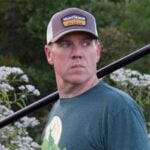 By
By 



